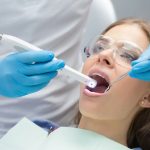Brace Yourself: Learn How to Remove Brackets from Teeth Easily
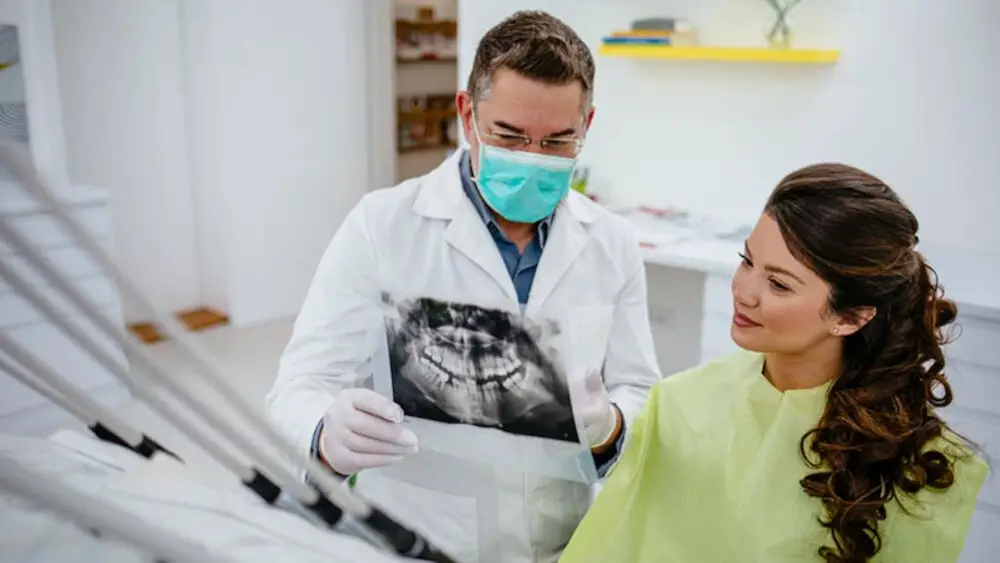
Braces are a common orthodontic treatment that many individuals undergo to achieve straighter teeth. However, once the treatment is complete, the brackets that held the wires in place must be removed. Removing these brackets can be a daunting task, but with proper knowledge and technique, it can be done easily. In this article, we will guide you through the process of removing brackets from teeth, step by step. Brackets removal is a critical stage of orthodontic treatment, and it is essential to do it correctly to prevent any damage to the teeth. The process of removing brackets involves using specialized pliers to detach the brackets from the teeth gently. However, there are several factors to consider, such as the type of adhesive used, the strength of the bond, and the condition of the teeth. By following the proper techniques and precautions, you can remove the brackets safely and efficiently, leaving your teeth looking healthy and beautiful. So, brace yourself and let’s dive into the world of bracket removal!
Orthodontic treatment involves the use of braces to straighten teeth and correct misaligned bites. Braces consist of brackets that are attached to the teeth and wires that are tightened periodically to gradually shift the teeth into their desired position. The use of braces can improve the function and aesthetics of the teeth, as well as prevent future dental problems. While the treatment process may take several months or even years, the end result is a beautiful, healthy smile that can last a lifetime. However, removing the brackets from the teeth can be a tricky process that requires patience and precision.
Removing brackets correctly is essential for maintaining the integrity of your teeth and ensuring the success of your orthodontic treatment. Brackets are the small, metal or ceramic components that are attached to your teeth to hold the wires in place. They are designed to apply gentle pressure to your teeth, gradually shifting them into their desired positions. However, if brackets are removed incorrectly, they can damage the tooth enamel, leaving unsightly marks and weakening the tooth structure. In addition, improperly removed brackets can compromise the effectiveness of the treatment, leading to longer treatment times and additional costs. Therefore, it is important to entrust the removal of your braces to a qualified orthodontist who has the necessary skills and expertise to perform the procedure safely and effectively.
Tools Needed
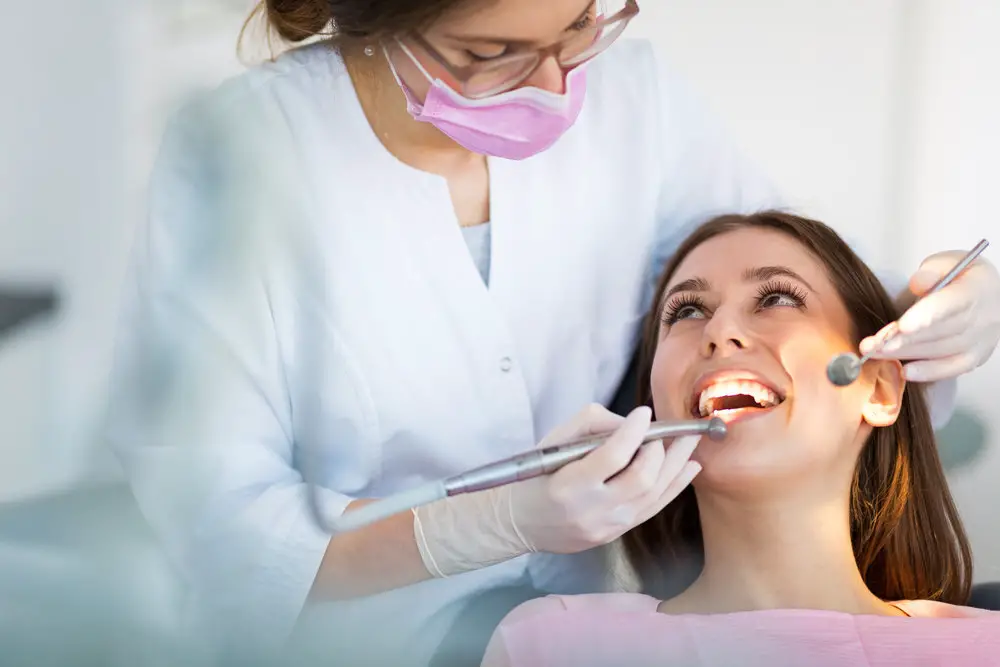
When it comes to removing brackets from teeth, having the right tools can make all the difference. While it may be tempting to try to remove the brackets yourself, it is important to use the proper tools and techniques to avoid damaging your teeth or brackets. The most important tool for removing brackets is a pair of pliers specifically designed for orthodontic work. These pliers have a special grip that allows them to securely grasp the bracket without slipping or causing damage to the surrounding teeth. In addition to the pliers, you may also need a dental mirror to help you see the brackets and a dental scaler to remove any remaining adhesive. It is important to note that attempting to remove brackets without the proper tools can lead to serious dental problems, such as chipped or broken teeth, damage to the surrounding gums, and even infection. Therefore, it is always best to seek the help of a professional orthodontist when it comes to removing braces. With their experience and expertise, they can safely and effectively remove your braces, leaving you with a healthy, beautiful smile. So, if you are thinking about removing your brackets, be sure to have the right tools on hand and consider seeking the help of a professional to ensure the best possible outcome.
When it comes to removing brackets from teeth, you will need a few essential tools to make the process as smooth and painless as possible. The first tool you will need is a pair of wire cutters to snip the wire that connects the brackets. A dental mirror and dental scaler will also come in handy to help you see and remove any adhesive residue left behind. Pliers will be necessary to remove the brackets themselves, and a dental floss or threader can help you remove any remaining adhesive from between teeth. Lastly, a polishing tool or paste can help smooth any rough edges left from the bracket removal process. With these necessary tools at hand, you can confidently remove your brackets and achieve the beautiful, straight smile you’ve been working towards.
Having the right tools is crucial when it comes to removing brackets from teeth. Not only does it ensure that the procedure is done efficiently, but it also minimizes the risk of causing damage to the teeth or gums. The use of specialized pliers and other dental instruments allows for the safe and precise removal of brackets, making the process less uncomfortable for the patient. Moreover, having the right tools can also speed up the overall treatment process, as it enables the dentist to work quickly and effectively. In short, investing in the right tools is a wise decision for any dental practitioner, as it not only promotes patient safety but also enhances the quality of the treatment provided.
StepbyStep Guide
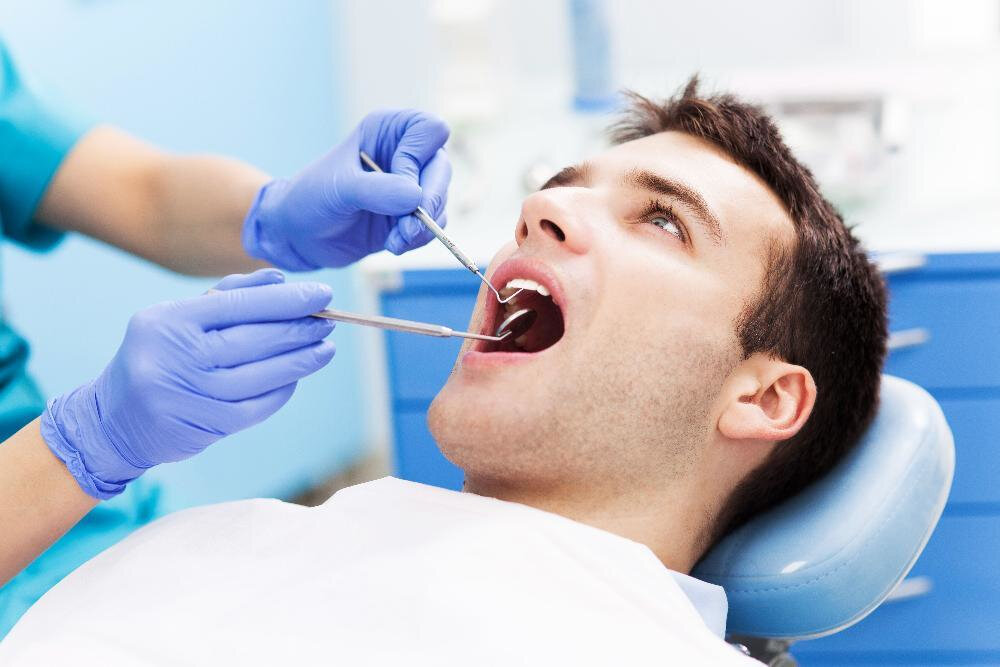
Brace Yourself Learn How to Remove Brackets from Teeth Easily is a comprehensive article that outlines a step-by-step guide on how to remove brackets from teeth. The article is a must-read for anyone who wants to remove their braces at home. The article highlights the tools and materials required to remove braces, such as pliers, cotton swabs, and dental floss. The article then goes through the step-by-step process of removing the braces, starting with the removal of the ligature ties and followed by the brackets themselves. The article also emphasizes the importance of being gentle when removing the braces, as excessive force can damage the teeth. The article also provides helpful tips and tricks for anyone who is looking to remove their braces at home. For instance, the article recommends using dental wax to protect the gums from any sharp edges that may be present on the braces. The article also advises readers to use plenty of dental floss when removing the braces, as this will help to loosen the adhesive that is holding the braces in place. Overall, the article is a valuable resource for anyone who is looking to remove their braces at home and provides a comprehensive step-by-step guide that is easy to follow.
Removing brackets from teeth is a simple and easy process that can be done by anyone with the right tools and instructions. Begin by gathering all the necessary tools, including dental floss, orthodontic pliers, and a mirror. Start by carefully cutting the ligatures that hold the brackets in place using the pliers. Once the brackets are loose, use the pliers to gently rock them back and forth until they come off. Be careful not to use too much force to avoid damaging the teeth. After removing the brackets, use dental floss to remove any remaining adhesive or debris from the teeth. By following these simple instructions, you can easily remove braces and enjoy your new, beautiful smile.
Removing braces from teeth can be a daunting and painful task, but there are several tips that can make the process easier and less painful. Firstly, it is important to maintain good oral hygiene throughout the process by regularly brushing and flossing. This can help prevent any buildup of plaque or tartar, which can make the removal process more difficult. Secondly, it is recommended to avoid hard and sticky foods during the removal process, as these can damage the braces and make it harder to remove them. Finally, it is important to follow the orthodontist’s instructions carefully and to communicate any discomfort or pain during the process. With these tips, the process of removing braces can be made smoother and less painful.
Aftercare
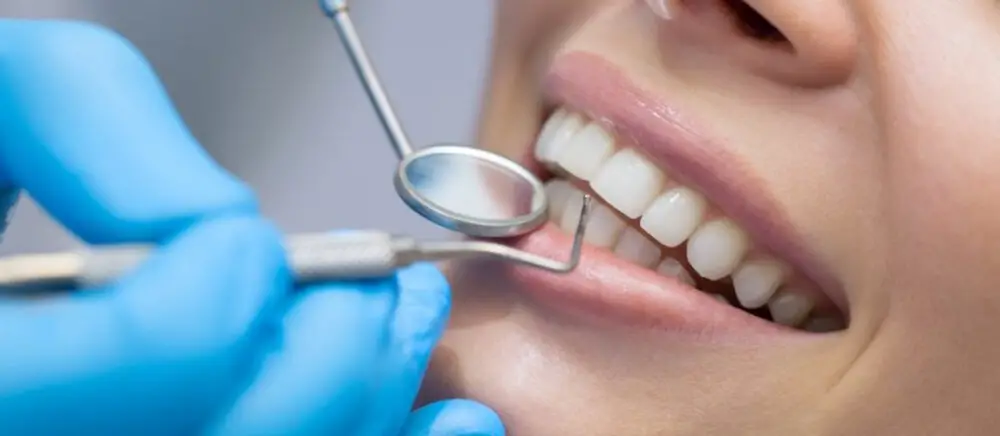
Aftercare is an essential part of the bracket removal process. Once the braces are removed, the orthodontist will clean and polish your teeth. It’s important to maintain good oral hygiene to prevent any dental problems. You should brush and floss your teeth regularly, and use a mouthwash to kill any bacteria. The orthodontist will provide you with a retainer that you should wear to maintain the results of the braces. The retainer can be removable or fixed, and you should wear it as instructed by your orthodontist. You may experience some discomfort after the braces are removed, but this is normal. You can take over-the-counter painkillers, such as ibuprofen, to relieve any pain. If you experience any severe pain or swelling, you should contact your orthodontist immediately. It’s important to avoid certain foods after the braces are removed. You should avoid hard foods, such as nuts and candy, as they can damage your teeth. Sticky foods, such as gum and caramel, can also damage your teeth. You should also avoid sugary drinks, such as soda, as they can cause cavities. You should eat a healthy and balanced diet to maintain good oral health. After the braces are removed, you should schedule regular dental checkups to ensure the health of your teeth and gums. Your orthodontist may recommend additional treatments, such as teeth whitening, to enhance the appearance of your teeth. With proper aftercare, you can enjoy a beautiful and healthy smile for years to come.
Proper aftercare is of utmost importance when it comes to removing brackets from teeth. After the removal of brackets, the teeth are left vulnerable and exposed, making them susceptible to damage and decay. It is essential to follow the instructions provided by the orthodontist and maintain proper oral hygiene to ensure that the teeth remain healthy and strong. This includes brushing and flossing regularly, avoiding hard or sticky foods, using a mouthguard during sports, and scheduling follow-up appointments with the orthodontist. Neglecting aftercare can lead to complications such as tooth decay, gum disease, or even the need for further orthodontic treatment. Therefore, taking proper care of your teeth after the removal of brackets is crucial for maintaining a healthy and beautiful smile.
After removing brackets from teeth, it is important to follow a few essential steps to ensure that the teeth remain healthy and in their proper position. Firstly, a thorough cleaning of the teeth and gums is necessary to remove any residual adhesive or debris left by the brackets. This can be done with a soft-bristled brush and fluoride toothpaste, as well as flossing and using a mouthwash. Secondly, wearing a retainer is crucial to prevent the teeth from shifting back to their original position. The retainer should be worn as directed by the orthodontist to maintain the new alignment of the teeth. Finally, scheduling a follow-up appointment with the orthodontist is important to evaluate the results of the treatment and make any necessary adjustments. By following these steps, individuals can ensure that their teeth remain healthy and attractive after removing brackets.
Common Mistakes to Avoid
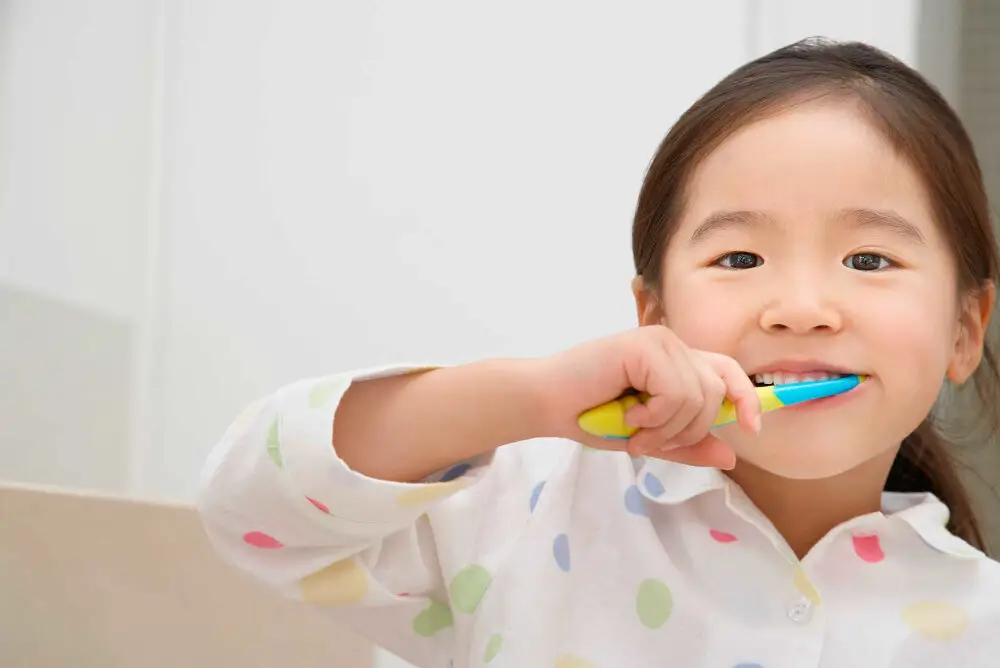
When it comes to removing brackets from teeth, there are several common mistakes that people tend to make. One of the most significant mistakes is trying to remove the brackets themselves without seeking professional help. Attempting to remove brackets on your own can cause extensive damage to your teeth, and it’s likely you won’t be able to remove them successfully. It’s essential to seek the help of an orthodontist or dentist who can safely and effectively remove the brackets without causing any harm to your teeth or gums. Another common mistake is not maintaining proper oral hygiene during the bracket removal process. Your orthodontist or dentist will likely provide you with instructions on how to care for your teeth during this time, such as brushing and flossing regularly and avoiding certain foods. Failing to follow these instructions can lead to tooth decay, gum disease, and other oral health issues. Therefore, it’s crucial to prioritize your oral hygiene and follow the instructions provided by your dental professional during the bracket removal process.
When it comes to removing brackets from teeth, it is essential to be careful and avoid certain mistakes that could potentially damage the teeth or prolong the process. One of the most common mistakes is using excessive force or the wrong tools, such as pliers or wire cutters, to remove the brackets. This can cause damage to the enamel or even break the brackets, making it harder to remove them. Another mistake to avoid is pulling the brackets off at the wrong angle, which can cause discomfort or pain. It’s important to remember that removing brackets requires patience and precision, and seeking the help of a professional is always advised.
Making mistakes when removing brackets from teeth can be harmful for several reasons. Firstly, if the brackets are not removed correctly, it can damage the tooth surface, leading to enamel erosion and tooth decay. Secondly, improper removal can cause the brackets to break, which can result in sharp edges that can injure the soft tissues in the mouth. Thirdly, if the adhesive used to attach the brackets is not removed properly, it can leave residue on the teeth, leading to discoloration and difficulty in cleaning the teeth. Lastly, if the brackets are not removed gently, it can cause pain and discomfort to the patient, making them apprehensive about future dental procedures. Therefore, it is crucial to remove brackets from teeth with utmost care and precision to avoid any potential harm to the patient.
Removing brackets from teeth is an essential procedure that requires utmost care and precision. Brackets are used to align teeth, and their removal should be done correctly to prevent any damage to the teeth or gums. The process involves the use of specialized tools and techniques that require the skill and experience of a dental professional. Removing brackets too quickly or forcefully can lead to chipping or cracking of the teeth, which can be painful and costly to repair. Therefore, it is crucial to seek the services of a qualified and experienced dental professional who understands the importance of removing brackets correctly. By doing so, you can ensure that your teeth remain healthy and strong, and you can enjoy a beautiful, confident smile for years to come.
Orthodontic treatment can be a challenging journey, but the end results are worth it. Remember that your orthodontist is there to guide you every step of the way and answer any questions you may have. It’s important to maintain good oral hygiene during treatment to ensure the best possible outcome. While removing brackets from teeth may seem daunting, with the proper technique and tools, it can be done easily and safely. Don’t be discouraged if it takes a few tries to get it right – practice makes perfect! Just keep in mind the end goal of a beautiful, healthy smile and stay committed to the process. You got this!
Conclusion
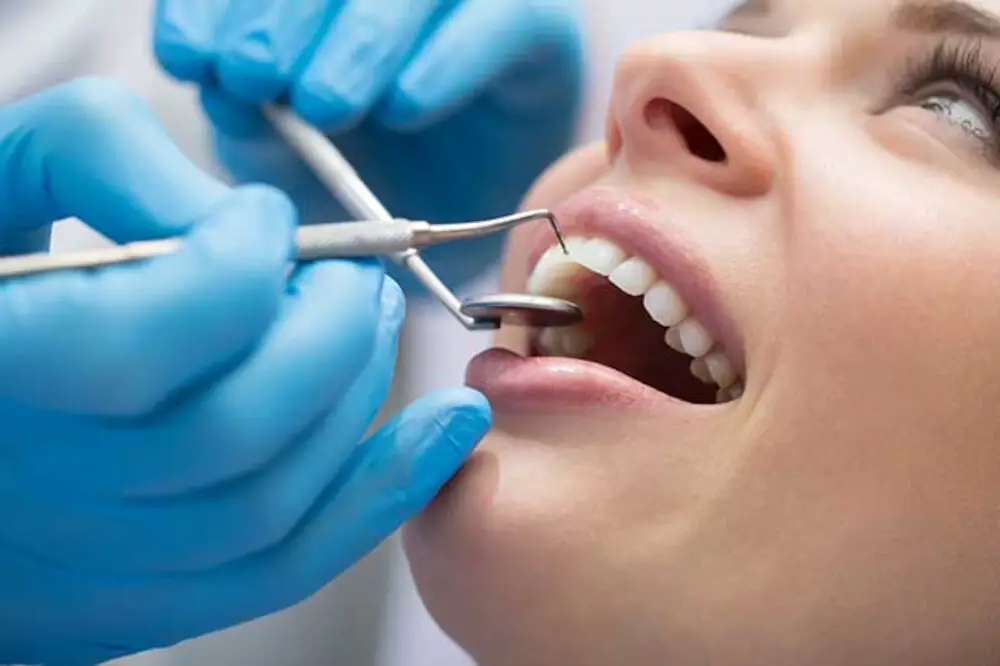
In conclusion, removing brackets from teeth may seem like a daunting task, but with the right technique and tools, it can be done easily and painlessly. While it is important to follow the instructions of your orthodontist, there are also a few tips and tricks that can help make the process smoother. From using dental floss or a plastic tool to gently pry off the brackets to avoiding hard or sticky foods that can damage the brackets, there are many ways to ensure that your braces removal goes smoothly. So, brace yourself and don’t be afraid to ask your orthodontist for guidance along the way. With patience and care, you’ll be able to enjoy your newly straightened smile in no time.





